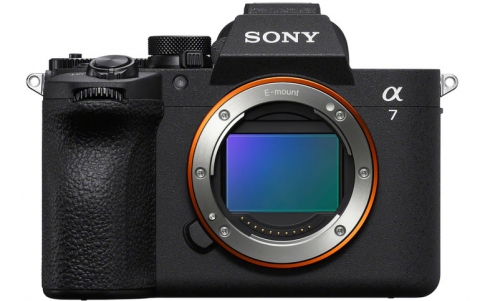
Panasonic Develops 50-inch 1080p Plasma Display
Panasonic has developed a prototype of a 50-inch plasma display panel (PDP) with 1080p (progressive) resolution. The prototype delivers more than two million pixels (1,920 x 1,080) and the same brightness as its current high definition (1,366 x 768) model TH-50PX500.
Panasonic unveiled the prototype at CEATEC JAPAN 2005 at the Makuhari Messe in Chiba Prefecture, east of Tokyo. The exhibition commenced today and will run until October 8.
Panasonic claims that its prototype offers true color reproduction, dynamic contrast and wide viewing angles.
A plasma screen consists of millions of pixels. Each pixel is made up of three different cells or sub-pixels, one for each color, red, green and blue. When charged with electrical voltage, each cell produces light independently. By controlling intensity of each sub-pixel color, hundreds of thousands of colors are created, expressing subtle nuances.

Previously, technical challenges in securing brightness and stable discharge from those tiny pixels prevented manufacturers from obtaining 1080p resolution for 50-inch and smaller PDPs. Panasonic has overcome the technical hurdles. The 50-inch 1080p PDP offers the same high aperture ratio and brightness as its current 50-inch HD model. To achieve the high aperture ratio and high-speed pixel drive, the company used its own technologies developed for the 65-inch 1080p PDP, announced last August.
Panasonic also established technologies to make ribs thinner and phosphors tinier. At PDPs, a "rib" divides each gas cell and prevents interference between adjacent cells to produce clear images. The prototype displayed at CEATEC JAPAN 2005 incorporates a new drive circuit that enables stable light emission.
Key specifications:
Size (aspect ratio): 50 inches (16:9)
Number of Pixels: 2.07 million (1,920 x 1,080)
Pixel Pitch: 0.576 x 0.576 mm (50-inch HD model: 0.81 ? 0.81 mm)
Effective Viewing Area: Width: 110.6 mm Height: 62.2 mm Diagonal: 126.9 mm
Contrast Ratio (in dark surroundings): 3000:1
Panasonic claims that its prototype offers true color reproduction, dynamic contrast and wide viewing angles.
A plasma screen consists of millions of pixels. Each pixel is made up of three different cells or sub-pixels, one for each color, red, green and blue. When charged with electrical voltage, each cell produces light independently. By controlling intensity of each sub-pixel color, hundreds of thousands of colors are created, expressing subtle nuances.

Previously, technical challenges in securing brightness and stable discharge from those tiny pixels prevented manufacturers from obtaining 1080p resolution for 50-inch and smaller PDPs. Panasonic has overcome the technical hurdles. The 50-inch 1080p PDP offers the same high aperture ratio and brightness as its current 50-inch HD model. To achieve the high aperture ratio and high-speed pixel drive, the company used its own technologies developed for the 65-inch 1080p PDP, announced last August.
Panasonic also established technologies to make ribs thinner and phosphors tinier. At PDPs, a "rib" divides each gas cell and prevents interference between adjacent cells to produce clear images. The prototype displayed at CEATEC JAPAN 2005 incorporates a new drive circuit that enables stable light emission.
Key specifications:
Size (aspect ratio): 50 inches (16:9)
Number of Pixels: 2.07 million (1,920 x 1,080)
Pixel Pitch: 0.576 x 0.576 mm (50-inch HD model: 0.81 ? 0.81 mm)
Effective Viewing Area: Width: 110.6 mm Height: 62.2 mm Diagonal: 126.9 mm
Contrast Ratio (in dark surroundings): 3000:1




















